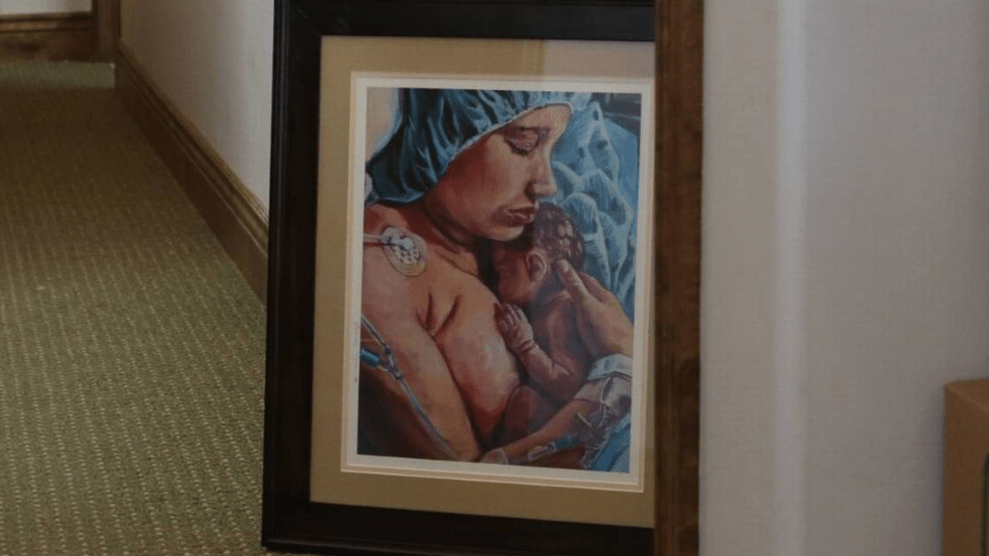40 Acres and a Lie tells the history of an often-misunderstood government program that gave formerly enslaved people land titles after the Civil War. A year and a half later, almost all the land had been taken back. Read more here and listen to a three-part audio investigation here.
Alvin Taylor still remembers the sight each day as he’d return from school, of more houses in his neighborhood being burned to the ground. He was about 8 years old when the fires came for his home. Fenita Kirkwood recalls listening, as a 9-year-old girl, to her father arguing with men who had come to their doorstep to insist they had to leave. “That big yellow bulldozer pulled up in front of our house on a Friday,” remembers Lawrence Williams, who ran inside to fetch his mother. “I came in later and she was in the kitchen crying, asking God, ‘What are we going to do?’”
They were all children at the time, living in Section 14, a small plot of tribal land near downtown Palm Springs, California, in the mid-1960s. The city itself remained strictly segregated, and so their parents had helped to build a sort of shantytown out of trailers, wooden shacks, and small concrete dwellings—a mixed-race community that housed many of Palm Springs’ working-class Black residents. “We built a thriving community. There were businesses, churches…It was an actual village where people helped raise each other’s children, and we borrowed eggs from next door,” explains Pearl Devers, who was 12 years old when a change in federal law eased development restrictions on federal land—meaning there was significant money to be made by clearing residents from it.
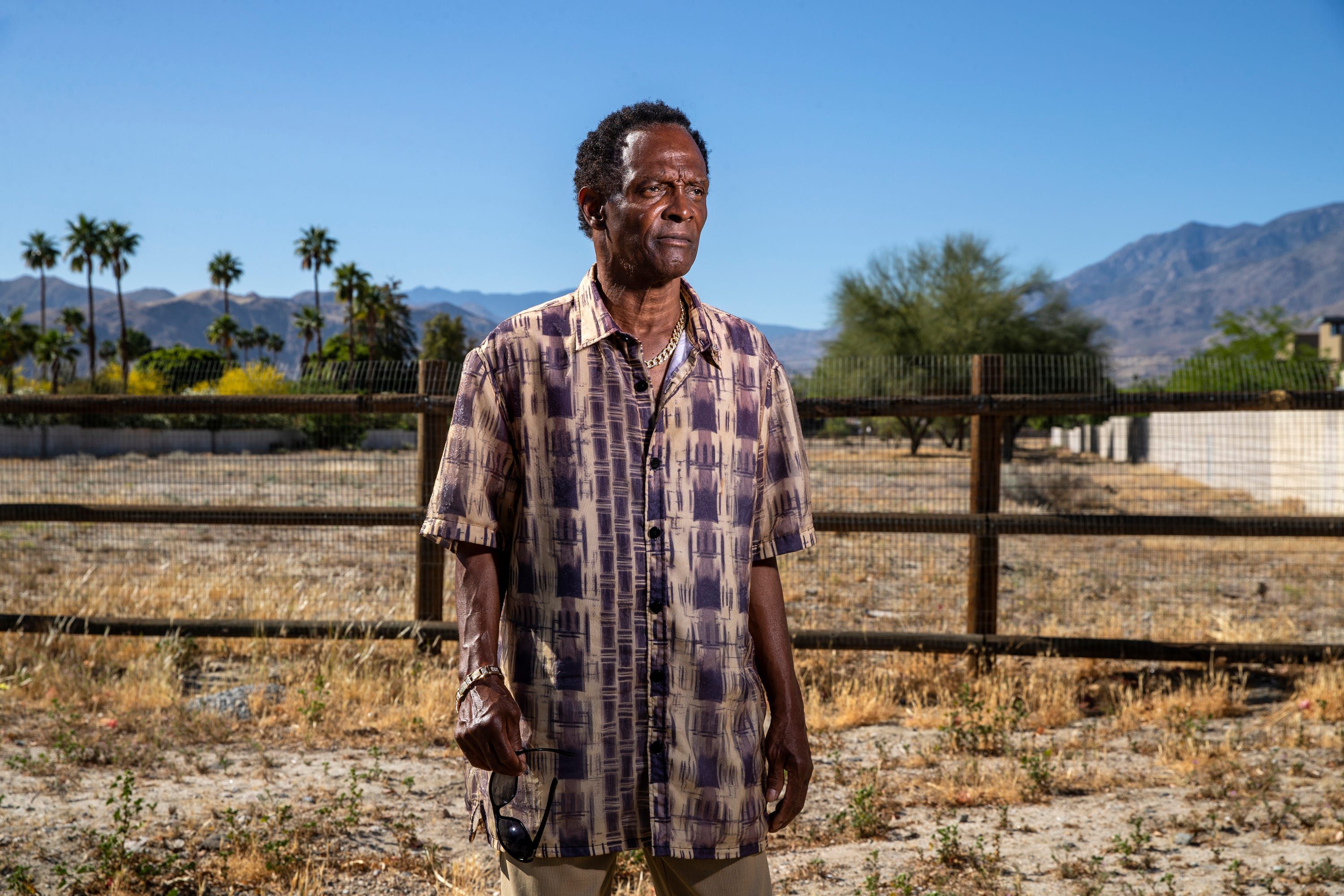
The city condemned their properties, then proceeded to burn Section 14 to the ground. State officials later wrote that it amounted to a “city-engineered holocaust,” concluding, “Palm Springs ignored that the residents of Section 14 were human beings.”
In the century and a half since the enslaved gained freedom, their descendants have fought to find home. We’ve clustered in colonies and cities, pooled our resources and talents, and aspired to a safety and security still elusive in this strange land where we were brought. It’s been made too easy to forget that so many of these efforts found success, that within years of this nation recognizing our humanity—if not our full citizenship—under law, Black Americans were acquiring wealth, building homes, and establishing thriving communities.
But this country could not bring itself to allow our ancestors such refuge. In the years since slavery, it has so often allowed the massacre of our families, the plundering of our homes, and the destruction of our communities. For generations we’ve fought not only for futures but also to overcome a convenient national amnesia and to reclaim that which was unjustly taken from us in the past.
In Oklahoma, the last living survivors of the 1921 massacre in Tulsa have petitioned the state Supreme Court for financial redress for the government’s role in destroying their homes and killing their neighbors. In Texas, a Black family is battling in court for rights to a piece of land that sits atop a valuable gas shale and that they believe rightfully belonged to their ancestors. In Arkansas, descendants of a formerly enslaved Black man known as Old Joe are fighting to be compensated because they believe their forebears were deceived out of the rights to a valuable plot.
“They stole it from us, and so we want it back,” Anthony Bruce said as we walked along the Southern California beachfront where his great-great-grandparents had started one of California’s first Black-run resorts, only to have the land stolen from them by local officials under eminent domain. It was only the second time he’d ever been to the spot once known as Bruce’s Beach.
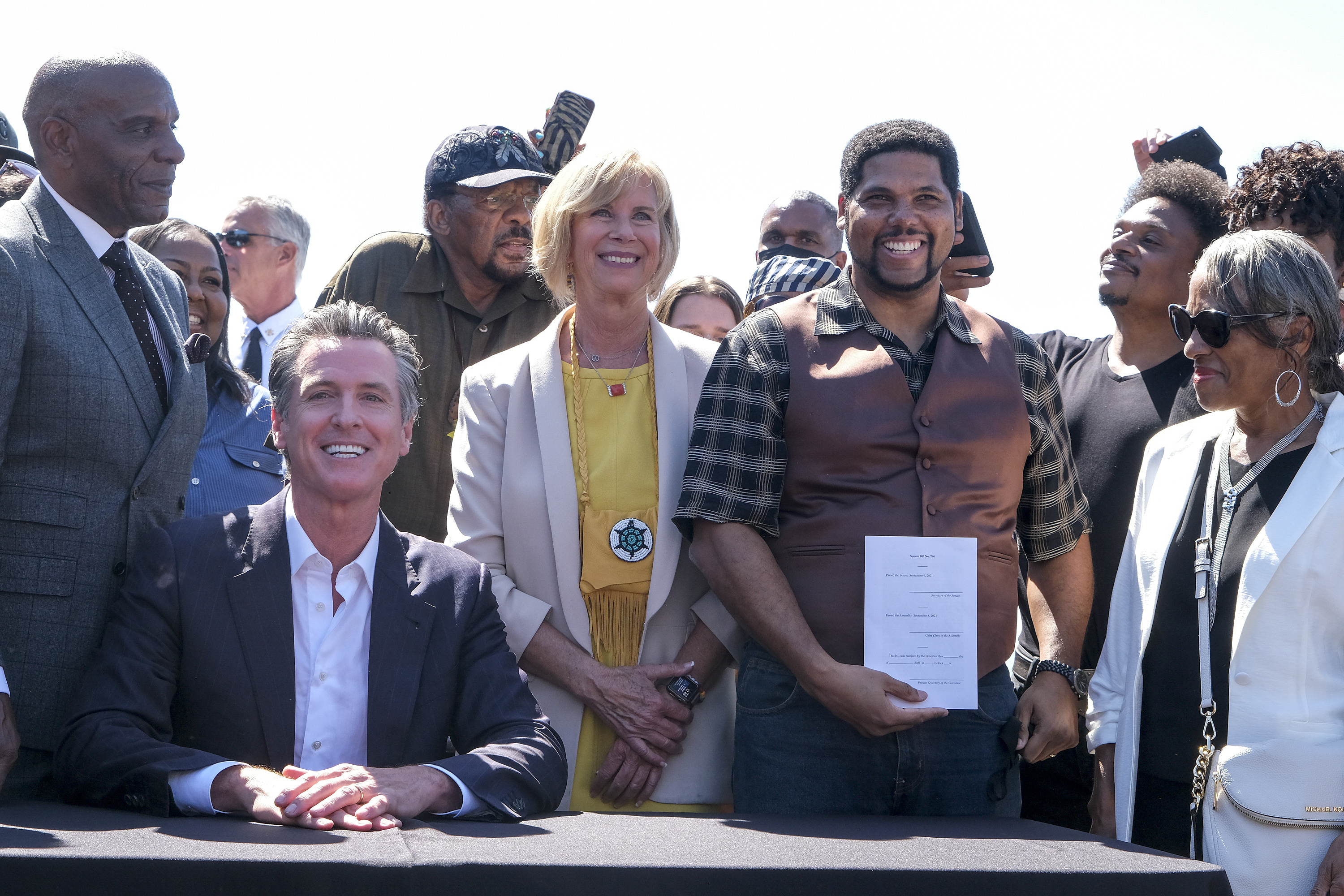
“I hope that people are encouraged to make that effort to find out more about their own inheritance and to find out about their own genealogy and ancestry,” Bruce told me just months before local officials agreed to pay his family $20 million. “Every single person should have their own God-given right to own land, to prosper, to raise their children in a safe environment.”
About 125 miles east, the survivors of Section 14 have spent years building their case, educating the public, and identifying the families who have a claim to redress. They succeeded in convincing city officials to apologize to the displaced former residents and remove a City Hall statue of the former mayor who oversaw the evictions.
Then, earlier this year, Palm Springs said it would agree to pay some amount of reparations to the Section 14 survivors. The city and the survivors still don’t agree on how many homes were demolished, how much those homes were worth at the time, and therefore how much should be paid out now. So it’s unclear where the payment will fall between the $15.7 million in reparations that the survivors have demanded and the $4.2 million that the city has offered.
Still, it is the latest victory in a series of cases in which Black Americans are being compensated for cherished lands, once the home and hope of their ancestors, that were lost.
These bits of payback are recent, but Black Americans have been demanding compensation and restitution for their suffering since the end of the Civil War. “Thousands of ex-slaves devoted years to pressing the reparations cause,” historian Mary Frances Berry writes in her 2006 biography of activist Callie House, whose 300,000-member National Ex-Slave Mutual Relief, Bounty and Pension Association spent decades following Emancipation petitioning Congress for reparations. House’s movement, which was later sabotaged by federal law enforcement, even filed a lawsuit that argued that formerly enslaved people were entitled to tax money seized from Confederate cotton production. The ensuing century would see reparations championed by a number of Black activists, most notably Audley “Queen Mother” Moore, but the issue was largely banished to the far margins of mainstream acceptance.
Yet finally, we’ve entered an age of redress. Key to this shift has been our ability—due to broader availability of accurate historical records, a more diverse set of leaders in positions of institutional and societal power, and technological advances that allow more Americans than ever before to trace their own familial histories—to locate the descendants of specific victims of specific historical crimes. “Redlining was not all that long ago,” concedes John McWhorter, a Black linguist and conservative political commentator who spent decades publicly opposing reparations but now says that he would be open to some forms of financial redress for Black Americans. “Being able to afford better-quality housing would be of concrete and immediate benefit to Black people, enabling them to escape many of the manifestations of inequity based on race.”
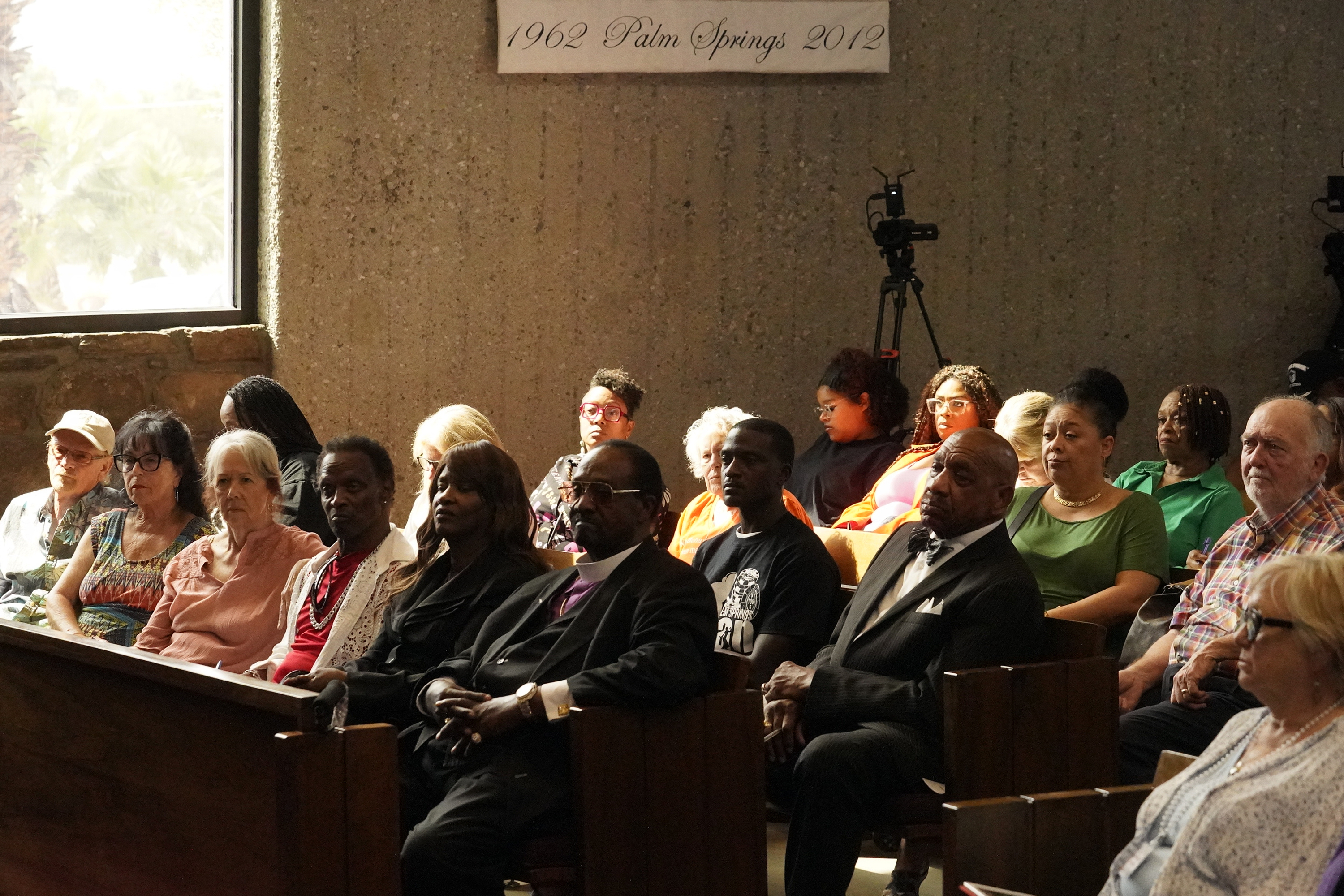
Reparations can no longer be dismissed as an indiscriminate handout or a catchall public penance. They are now, more broadly than ever, properly understood as a series of targeted acts of redress and remedy. From Jim Crow lynchings to racist massacres that left Black communities plundered and Black families devastated to decades of explicitly discriminatory policies that often robbed Black Americans of their autonomy, dignity, and ambition—all are receiving long-overdue scrutiny. In his 2000 book The Debt, famed civil rights attorney Randall Robinson argues that direct financial redress was the only adequate means of helping Black Americans “bottom-mired in urban hells by the savage time-release social debilitations of American slavery.” Robinson adds, “Solutions must be tailored to the scope of the crime.”
By the time Robinson’s book was published, there had already been cases in which America had paid direct monetary reparations: The federal government cut $25,000 checks to the families of Italian immigrants lynched in New Orleans in 1891; in 1946, President Harry Truman signed into law a bill creating the Indian Claims Commission, which paid out about $1.3 billion to Indigenous tribes that had faced violence and the unjust seizure of their lands; Japanese Americans who faced imprisonment and dislocation during World War II were given $20,000 payments; survivors of a white mob’s 1923 attack on the Black residents of Rosewood, Florida, received $150,000 payments, and their descendants were given access to a scholarship fund; and $10 million was paid to the hundreds of Black men unwillingly included in a Tuskegee study on the effects of untreated syphilis.
“When someone hurts you, telling you that they are sorry for what they did is a healing act,” civil rights attorney Fred D. Gray, who represented the Tuskegee men, wrote. “This is no less true when it is your government that has committed the wrong.”
In the fall of 2021, Alexia Fernández Campbell, an investigative reporter at the Center for Public Integrity, stumbled upon a black-and-white image of an old, crumpled slip of paper. She’d been looking into a potential project about gas pipelines in Black neighborhoods, and at the suggestion of a researcher who had traced Black colonies in Texas, she began searching for land records that might be included in the Freedmen’s Bureau collection held by the National Archives.
That paper was one of thousands of land titles granted to formerly enslaved Black men and women, entitling them to plots of land in Georgia, South Carolina, and northeastern Florida, in the months that followed the end of the Civil War. The titles had been issued by Union General William T. Sherman, as part of a promise that would be remembered by generations of Black Americans as “40 Acres and a Mule.”
“The promise was the first systematic attempt to provide a form of reparations to newly freed slaves, and it was astonishingly radical for its time, proto-socialist in its implications,” historian Henry Louis Gates Jr. writes. “In fact, such a policy would be radical in any country today: the federal government’s massive confiscation of private property…formerly owned by Confederate landowners, and its methodical redistribution to former black slaves.”
But the deal died with President Lincoln, its promissory note rendered void when his successor, President Andrew Johnson, issued pardons to the former Confederate landowners.
In the century and a half since, the broken promise of 40 Acres has been inextricably tied to the Black reparations movement, shorthand for two fundamental truths: Black Americans are owed something for the horrors of enslavement, and that debt has yet to be paid. “The freedpeople desperately wanted land, believed that they had been deceived, and felt betrayed,” writes historian John David Smith. “The legacy of that sense of betrayal lingers on…a sober reminder of the ex-slaves’ broken hopes and shattered dreams.”
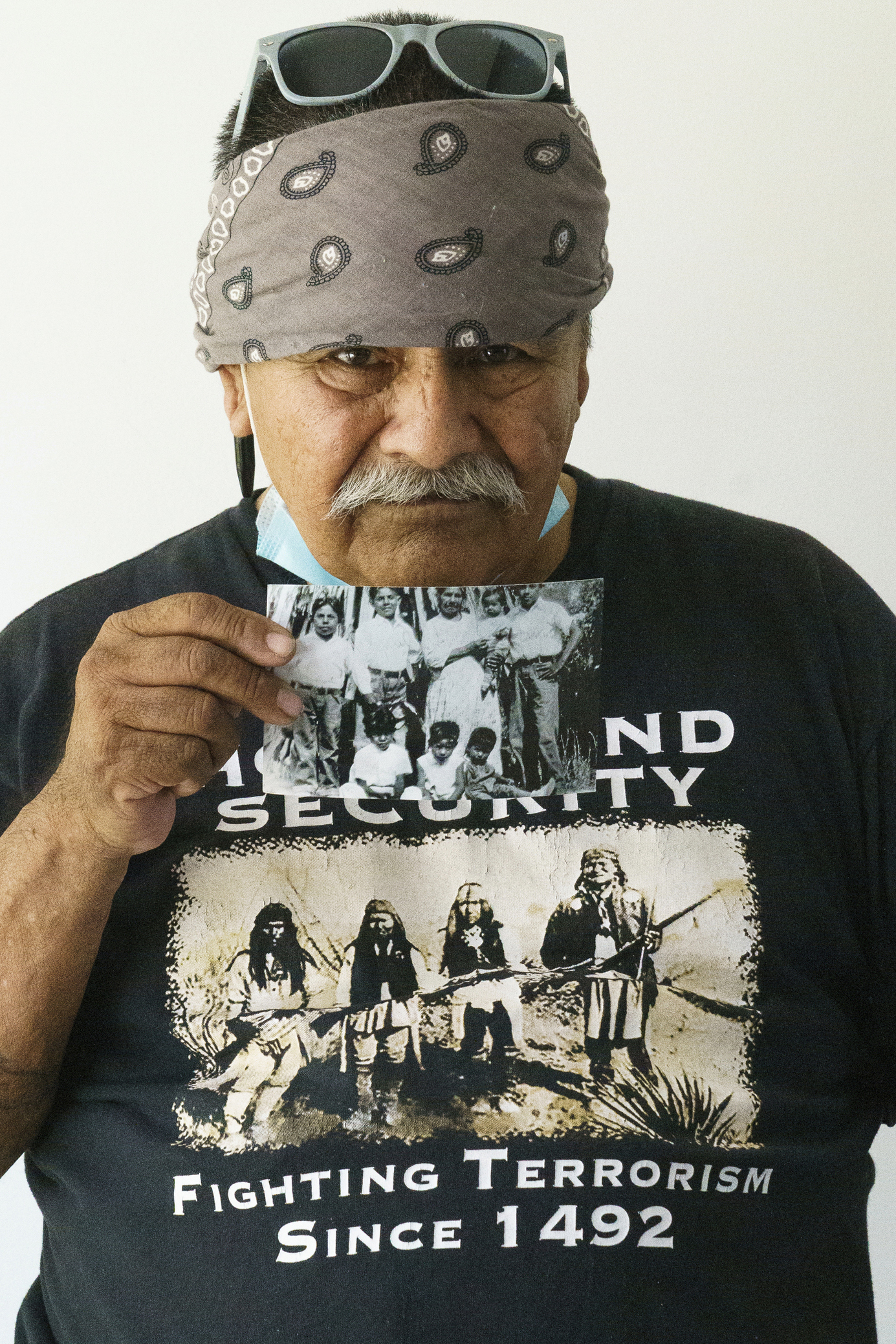
In the early 1970s, poet and playwright Oscar Brown Jr. noted, “I’m not bitter. Neither am I cruel, but ain’t nobody paid for slavery yet. About my 40 acres and my mule.” In the late 1970s, a young filmmaker named Spike Lee would choose 40 Acres and a Mule Filmworks as the name of the production company under which he would release dozens of films and documentaries in the coming decades. In 1999, Nas rapped, “Owe me back like you owe your tax. Owe me back like 40 acres to Blacks.” Five years later, Kanye West added that Black Americans “shine because they hate us, floss ’cause they degrade us. We tryna buy back our 40 acres.”
“‘They can keep the apology. What good is it?’” New York Times writer Brent Staples recalled his Uncle Mack, the grandson of an enslaved person, exclaiming in response to President Bill Clinton saying he would be willing to issue an apology for slavery but that he did not support the payment of reparations, “‘They promised us 40 acres and the mule. None of our people ever got that.’”
What Uncle Mack and so many of us didn’t know is that some of our people did, in fact, at least for a time, get their 40 acres—as the now-digitized land certificates in the National Archives show.
Over the course of two years, a team of Public Integrity reporters, editors, and researchers identified 1,250 Black men and women who had been given plots of land during Reconstruction only to then have that land ripped away when Johnson pardoned many former Confederate landowners. From there, the team conducted genealogical research to locate living descendants of many of those who had received and then lost the land. For the first time, these living Black Americans were made aware of the specific land that had been given to and then taken from their ancestors.
This project is an unprecedented and innovative use of Freedmen’s Bureau records—an impossible task for most of American history, until recent advances in genealogical research and the digitization of thousands of pages of Reconstruction-era documents made it feasible.
Beyond its rigor, this work is of the highest importance because it shows what is now technologically possible, which should in turn prompt us to reconsider what is politically possible and morally right.
It forces us to look squarely at the names and faces of the Black men and women whose humanity through Emancipation our nation has only recently acknowledged, who were given plots of land upon which they hoped to build lives and legacies. And it allows us to trace what came next, as their displaced descendants navigated a nation that remained constructed to ensure their failure, without the benefits that could have accrued from these lands that were lost.
This project is a collaboration between the Center for Public Integrity, the Center for Investigative Reporting, and the Investigative Reporting Workshop. Read more here.
Top illustration: Chris Burnett; Source images: Library of Congress; Photo12/Universal Images Group/Getty; Freedmen’s Bureau Records (2); Emiel Molenaar; Engin Akyurt; Matthew Alexander/Unsplash (3)






